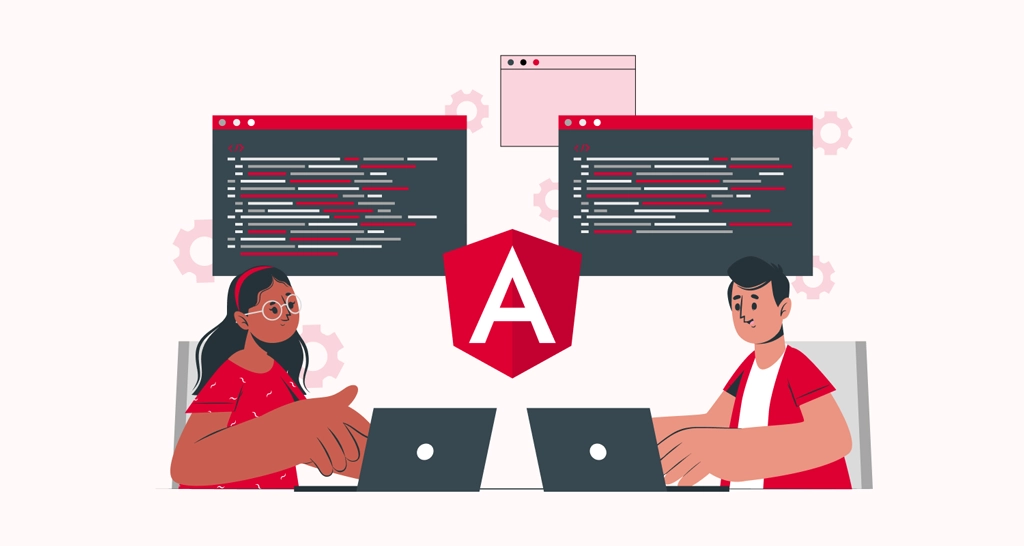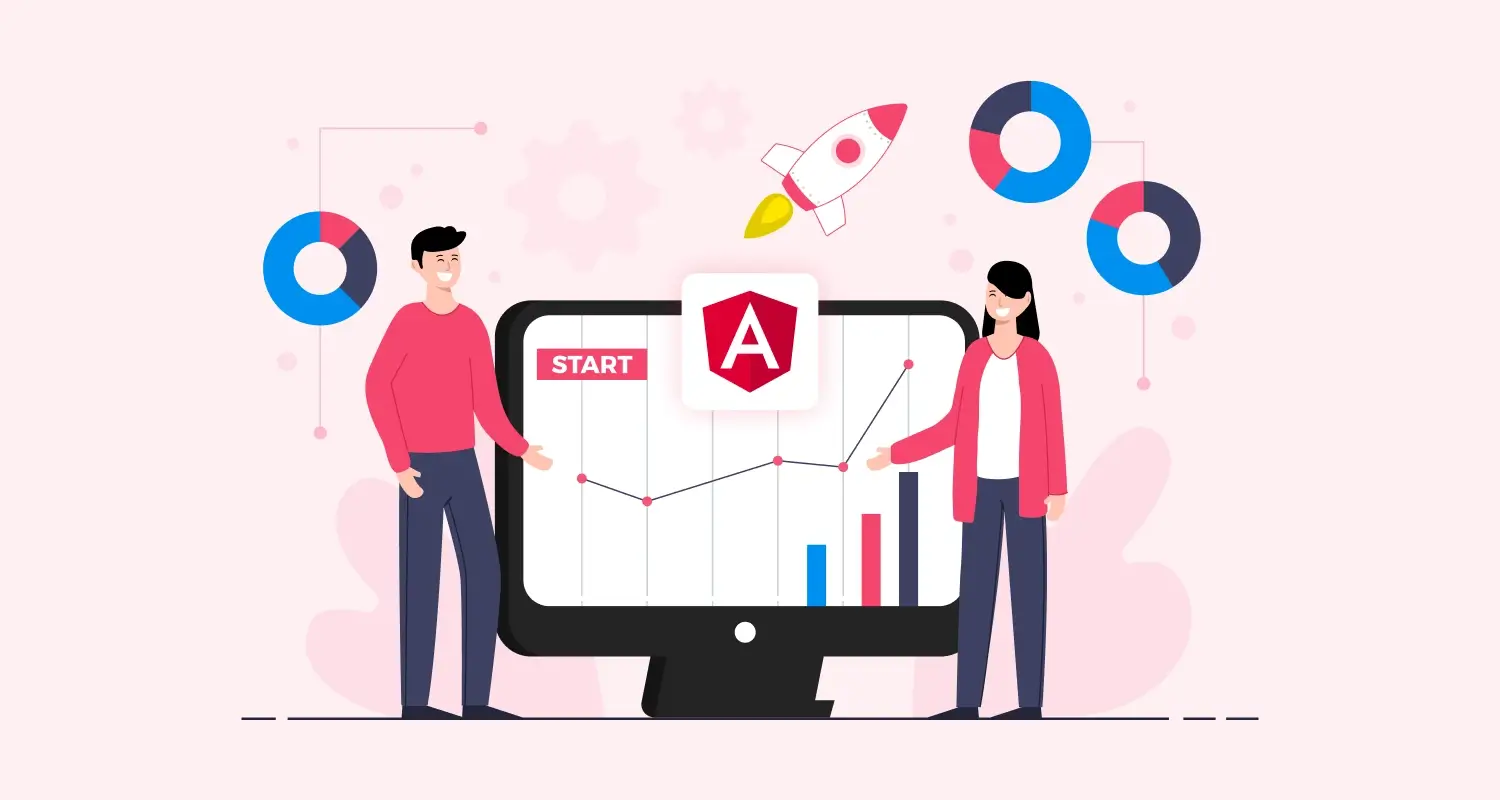Angular is a famous and well-known framework made for building web applications. Angular 1 – was produced in 2009. It conveys us two-way data binding and let us see data changes in JavaScript automatically shown on the UI. Furthermore, AngularJS has directives that give us permission us to create more distinct and reusable code than ever before. Mostly it allows us, the programmers to write applications in MVVM or MVC architecture (sometimes called MVW architecture (Model-View-Whatever)) in a simpler way. It made a step towards in testing front-end applications, because of its dependency injection process that helps mock dependencies.
Angular has produced a lot of useful packages that make coding even more rapid. New things were added to the core, so the Angular then created a completely new framework. At first, this different framework was named Angular 2. Now, when people want to find some pieces of AngularJS code, they may find elements connected with Angular 2 or higher. Higher, because Angular 4 was released in December 2016 which is progressive compatible with Angular 2. In Angular 5.0.0 the new thing is updated is pipes to use our own implementation, depending on the CLDR to deliver complete locale support and configurations for any locales you want to support. Also, they have produced a document comparing the pipe behavior between v4 and v5.
So What’s The Difference Between AngularJS and Angular?
First of all, Angular is built on Typescript while AngularJS is built on JavaScript. Typescript is a superset of ES6 and its progressive well-matched with ES5. Angular has also assistances of ES6 like lambda operators, iterators or reflection’s mechanisms. AngularJS uses terms of controller and scope also in a controller to scope a variable you can add many variables that will be detectable in a scope view.
AngularJS has also a model of root Scope. On all throughout application variables in root scope are available. Whereas Angular does not have a model of scope or controllers. In its replacement of them, it uses a hierarchy of modules as its key architectural concept. A module is a directive with a template that is a comparable method as in ReactJS – additional library used for constructing user interfaces.
Differences in Template Engine of AngularJS and Angular?
AngularJS has various directives and each developer can also stipulate regular new directive. Angular also has standard directives but they are recycled in a different way. For example, ng-model in AngularJS means that you want to create a two-way binding. If you want to generate one-way binding, you should use ng-bind. Angular uses only ngModel, then again if you would write it only in: “[ ]”, you’ll get one-way binding. If you want to create two-way binding you must write it in: “[( )]”. We have to write it this way because of the fact that “[ ]” is recycled to property binding and “( )” is used to event binding. In Angular, certain directives have altered names like ng-repeat to for.
What Are Additional Changes?
As Angular is the latest version there are specific reasons for its existence and benefits over the old version. That’s right, Angular has so many new advantages. The very first is modularity. Many core functionality was stirred to various modules that produced lighter and faster core, dynamic loading, asynchronous template compilation and extra support for reactive programming. After beta version designers indeed further added a great thing: angular CLI. With that set, you can simply create a framework of your Angular project which will be all configured.
You may like this: Best AngularJs Frameworks for Web Development
MVVM based Front End development; Angular is bringing forward a much-needed structured development approach when it comes to FrontEnd development services. Being an MVVM based framework, it enables the developer to scale up the frontend quickly and makes enhancements time-efficient and cost-effective. With this there is one thing now you can do is, choose based on differential libraries and compatibility for the particular projects.It is well suited to small as well as enterprise applications, so it is really worth learning and using for any of your software frontend development project requirements.








